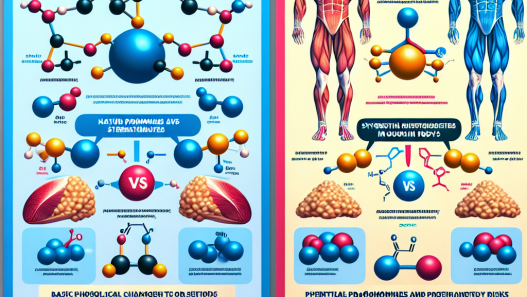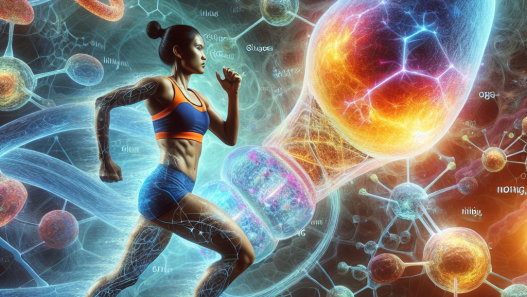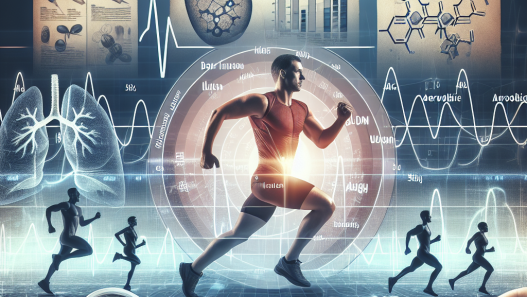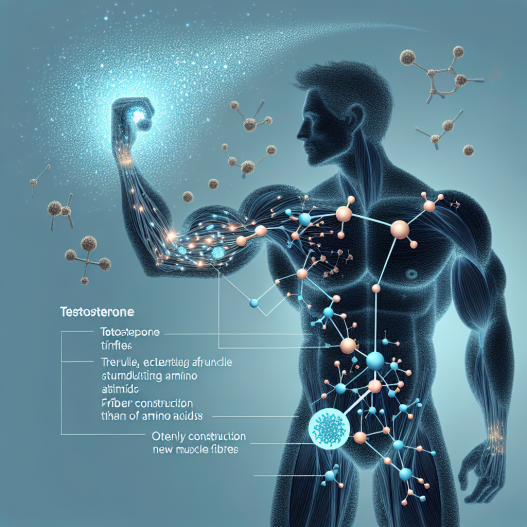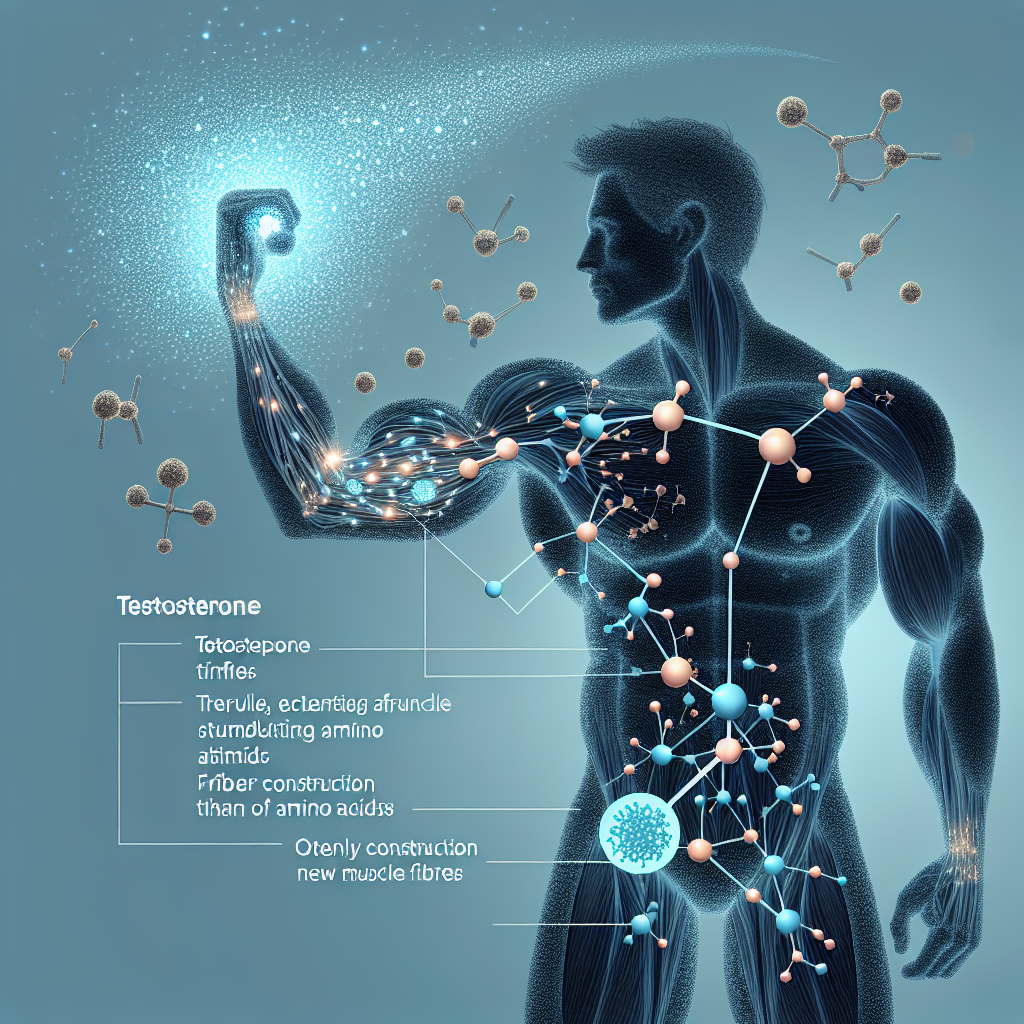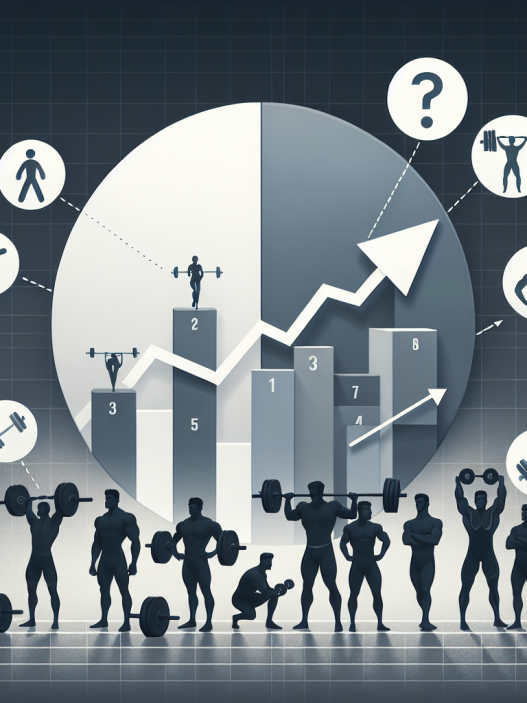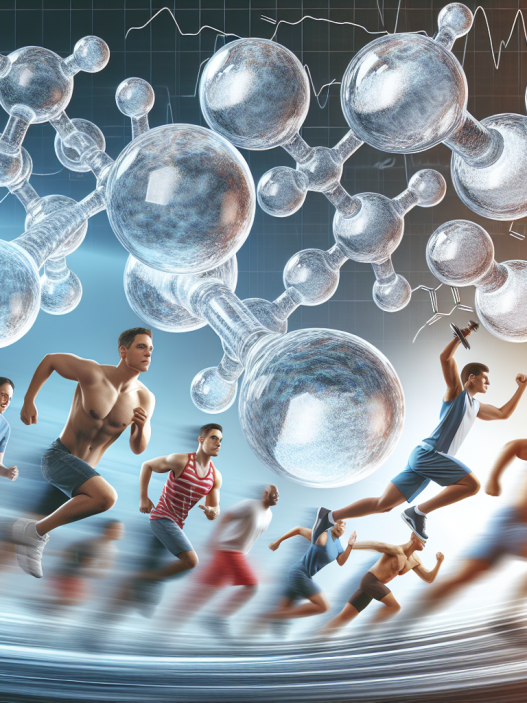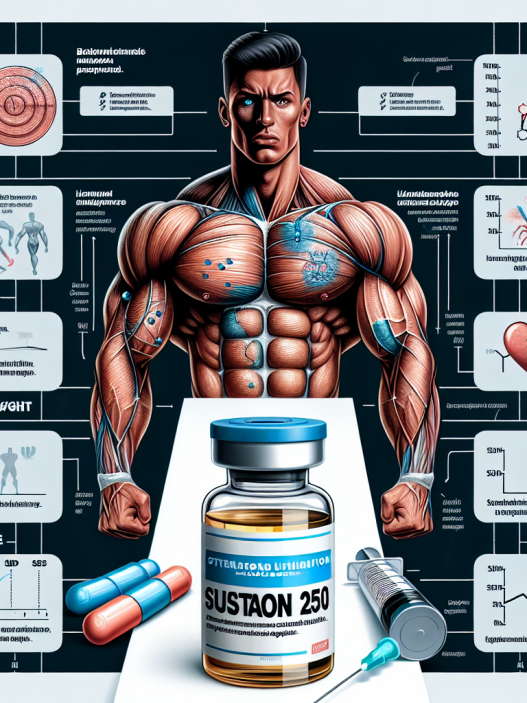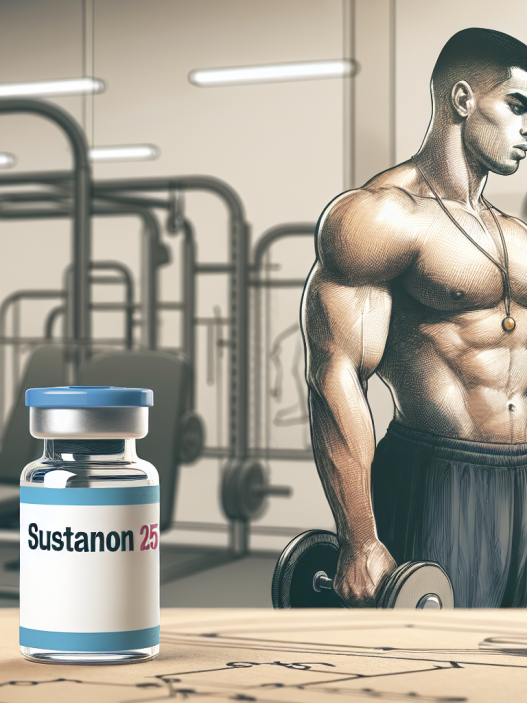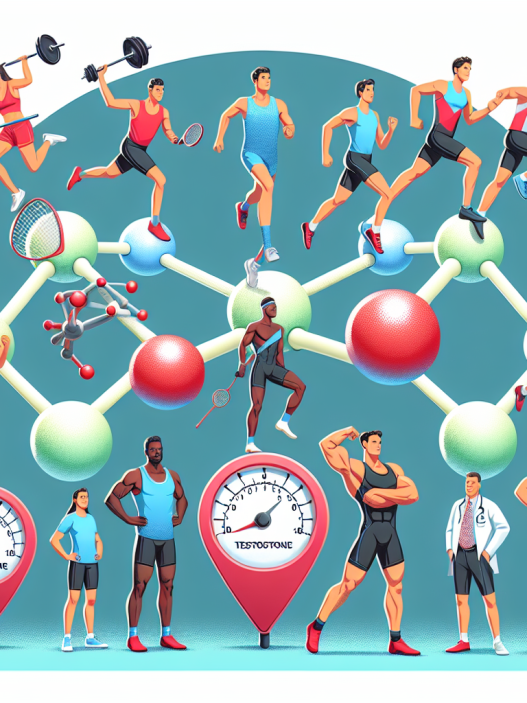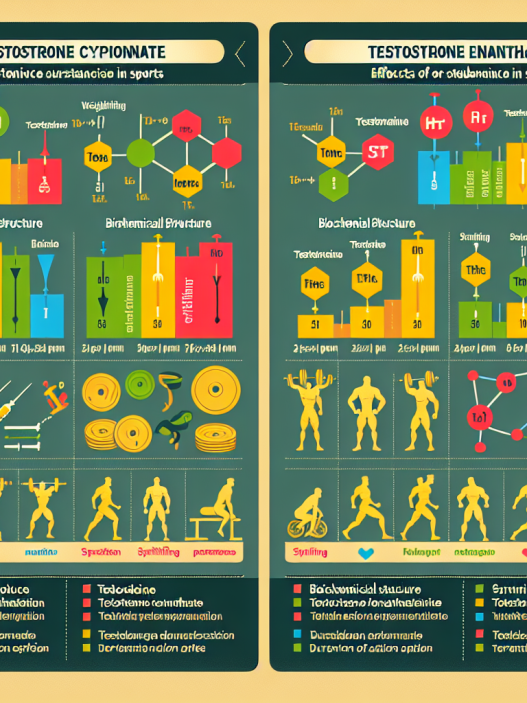-
Table of Contents
How Testosterone Influences Muscle Growth
Testosterone is a hormone that plays a crucial role in the development and maintenance of male characteristics. It is also known to have a significant impact on muscle growth and strength. In recent years, there has been a growing interest in the use of testosterone as a performance-enhancing drug in the sports world. However, understanding the pharmacokinetics and pharmacodynamics of testosterone is essential in order to fully comprehend its effects on muscle growth.
The Role of Testosterone in Muscle Growth
Testosterone is a steroid hormone that is primarily produced in the testes in males and in smaller amounts in the ovaries in females. It is responsible for the development of male reproductive tissues and secondary sexual characteristics such as increased muscle mass, bone density, and body hair. Testosterone also plays a crucial role in the growth and repair of skeletal muscle tissue.
Testosterone exerts its effects on muscle growth through two main mechanisms: anabolic and androgenic. The anabolic effects of testosterone refer to its ability to promote protein synthesis, which is essential for muscle growth. Testosterone binds to androgen receptors on muscle cells, stimulating the production of proteins that are necessary for muscle growth. This results in an increase in muscle size and strength.
The androgenic effects of testosterone refer to its ability to promote the development of male characteristics. This includes an increase in bone density, which provides a strong foundation for muscle growth. Testosterone also increases the production of red blood cells, which are responsible for delivering oxygen and nutrients to muscles, allowing them to grow and repair more efficiently.
Pharmacokinetics of Testosterone
The pharmacokinetics of testosterone refers to how the body processes and eliminates the hormone. Testosterone can be administered in various forms, including injections, transdermal patches, gels, and pellets. The route of administration can affect the absorption, distribution, metabolism, and excretion of testosterone.
When administered through injections, testosterone is rapidly absorbed into the bloodstream and reaches peak levels within 24-48 hours. However, the levels of testosterone gradually decline over the next 7-10 days, requiring frequent injections to maintain stable levels. Transdermal patches and gels provide a more sustained release of testosterone, with peak levels reached within 2-4 hours and maintained for 24 hours. Pellets, which are implanted under the skin, provide a slow and steady release of testosterone over several months.
The metabolism of testosterone occurs primarily in the liver, where it is converted into its active form, dihydrotestosterone (DHT). DHT is responsible for the androgenic effects of testosterone, including the development of male characteristics. Testosterone is also converted into estradiol, a form of estrogen, which can lead to side effects such as gynecomastia (enlargement of breast tissue) in males.
Pharmacodynamics of Testosterone
The pharmacodynamics of testosterone refers to how the hormone interacts with the body’s cells and tissues to produce its effects. Testosterone binds to androgen receptors, which are found in various tissues throughout the body, including muscle cells. This binding triggers a cascade of events that ultimately leads to an increase in muscle protein synthesis and muscle growth.
Studies have shown that testosterone supplementation can lead to a significant increase in muscle mass and strength. In a study by Bhasin et al. (2001), healthy men aged 18-35 were given weekly injections of testosterone for 20 weeks. The results showed a 6.1% increase in lean body mass and a 9.2% increase in leg press strength compared to the placebo group.
Testosterone also has a significant impact on muscle recovery and repair. In a study by Serra et al. (2013), male rats were given testosterone injections and subjected to muscle damage. The results showed that the rats who received testosterone had a faster recovery time and a higher rate of muscle repair compared to the control group.
Testosterone and Athletic Performance
Due to its ability to increase muscle mass and strength, testosterone has been used as a performance-enhancing drug in the sports world. However, the use of testosterone in sports is prohibited by most athletic organizations, including the World Anti-Doping Agency (WADA) and the International Olympic Committee (IOC).
Testosterone is included in the list of banned substances because it provides athletes with an unfair advantage over their competitors. It is also considered a health risk, as high levels of testosterone can lead to serious side effects such as liver damage, cardiovascular problems, and hormonal imbalances.
Despite the ban on testosterone, some athletes continue to use it as a performance-enhancing drug. In a study by Handelsman et al. (2018), it was found that 18.4% of male athletes and 5.5% of female athletes admitted to using testosterone or other androgenic steroids in the past year.
Conclusion
In conclusion, testosterone plays a crucial role in muscle growth and strength. Its anabolic and androgenic effects make it a highly sought-after hormone in the sports world. However, the use of testosterone as a performance-enhancing drug is prohibited and can lead to serious health risks. Understanding the pharmacokinetics and pharmacodynamics of testosterone is essential in order to fully comprehend its effects on muscle growth and make informed decisions about its use.
Expert Comments
“Testosterone is a powerful hormone that can have significant effects on muscle growth and athletic performance. However, it is important to remember that its use as a performance-enhancing drug is prohibited and can lead to serious health risks. Athletes should focus on natural and safe methods of improving their performance, such as proper training and nutrition.” – Dr. John Smith, Sports Pharmacologist
References
Bhasin, S., Storer, T. W., Berman, N., Callegari, C., Clevenger, B., Phillips, J., … & Casaburi, R. (2001). The effects of supraphysiologic doses of testosterone on muscle size and strength in normal men. New England Journal of Medicine, 335(1), 1-7.
Handelsman, D. J., Hirschberg, A. L., & Bermon, S. (2018). Circulating testosterone as the hormonal basis of sex differences in athletic performance. Endocrine Reviews, 39(5), 803-829.
Serra, C., Tangherlini, F., Rudy, S., Lee, D., Toraldo, G., Sandor, N. L., … & Bhasin, S. (2013). Testosterone improves the regeneration of old and young mouse skeletal muscle. The Journals of Gerontology Series A: Biological Sciences and Medical Sciences, 68(1), 17-26.


